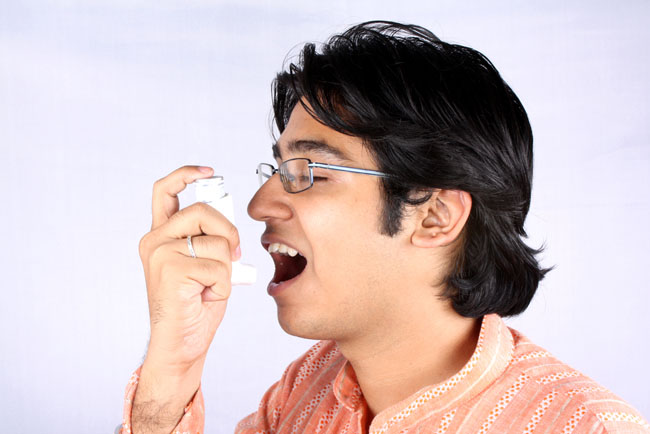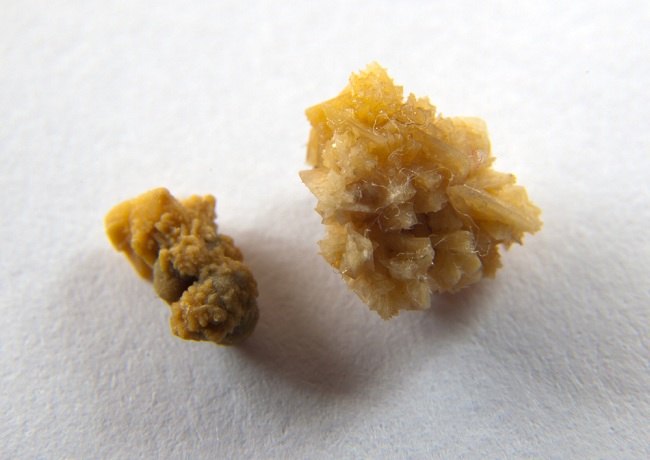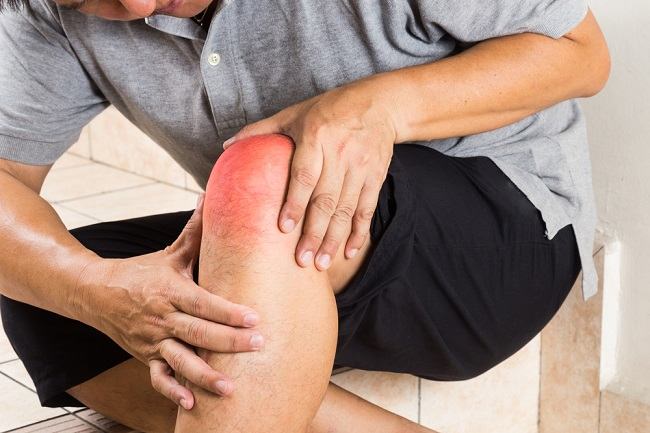An anal fistula is the appearance of a small channel between the end of the intestine and the skin around the anus. This condition is usually accompanied by pain in the anus and there is pus or blood in the stool during bowel movements.
Anal fistula begins with an anal abscess that develops from the blockage of a small gland in the anal canal and causes an infection.

Anal fistula is shaped like a tube that resembles a tube and its length starts from the anal canal (anus) to the skin around the anal canal. This condition can be triggered by various diseases, such as tuberculosis, Crohn's disease, cancer, or sexually transmitted diseases.
Symptoms of Anal Fistula
Some of the most common symptoms of an anal fistula include:
- The skin around the anus looks red, itchy, and painful
- Pain that is persistent and very annoying when sitting, moving, coughing, or having a bowel movement
- There is pus around the anus
- Fever and weakness
- There is pus or blood when defecating
Some Causes of Anal Fistula
Anal fistulas are generally caused by the following conditions:
Infection of the anus
Anal fistula often occurs due to an infection of the anal gland that triggers a buildup of pus in the anus or is often called an abscess. Anal fistula then forms a channel under the surface of the skin that connects to the infected gland.
This condition often occurs in people with weak immune systems, such as people with HIV or those who have had chemotherapy or radiation therapy.
Inflammation of the intestines
Anal fistula can also be caused by complications and disorders of the large intestine triggered by:
- Diverticulitis, which is an infection of the small pouches that form along the large intestine
- Crohn's disease, which is a chronic condition that causes inflammation of the walls of the digestive tract
In addition, anal fistulas can be caused by several conditions, such as:
- Cancer of the anus and colon
- Sores around the anus or anal fissure
- Tuberculosis, because bacteria that infect the lungs can spread to other parts of the body, including the gastrointestinal tract
- Sexually transmitted disease
- Complications due to surgery near the anus
Anal Fistula Treatment
After consulting a general practitioner, a patient suspected of having an anal fistula will be referred to a specialist surgeon for further examination. The doctor will ask for a medical history and perform a physical examination of the anus and a proctoscopy examination to see the inside of the anus.
To confirm a fistula in the anus, the doctor may recommend an ultrasound, MRI, CT scan, or colonoscopy to see the inside of the intestine more clearly.
Anal fistulas are usually treated with surgery. The goal of surgery is to remove the fistula and protect the anal sphincter muscle to prevent fecal incontinence, which is loss of control of bowel movements.
The type of surgery performed depends on the location of the fistula and the triggering factor. Here are some types of surgery that are commonly performed to treat anal fistulas:
1. Fistulotomy
This procedure is often done to treat fistula conditions that are not too close to the anus. Fistulotomy is performed by cutting the entire length of the fistula.
2. Seton technique
This procedure uses a surgical thread (seton) that is placed in the fistula tract to prevent infection and treat the fistula. The seton technique is often recommended for complex or recurrent fistula conditions.
3. Procedure advancement flap
This procedure aims to remove the internal opening of the fistula which is then covered with a small flap. Usually advancement flap performed in cases of chronic fistula.
4. Elevator Procedure
Elevator or ligation of the intersphincteric fistula tract This is done by opening the skin over the fistula. The infected ducts and glands are then excised and the wound cleaned. This procedure is usually recommended for simple and complex fistula conditions.
5. Stem cell injection
This is a new treatment method for fistula conditions caused by Crohn's disease. This method is performed by injecting stem cells into the fistula.
Fistula surgery can usually be done on an outpatient basis. However, patients with large or deep fistulas may need to recover for several days in the hospital postoperatively.
The risk of complications that arise after anal fistula surgery varies, depending on the type of procedure performed. Some of these include bleeding, urinary retention, infection, and fecal incontinence.
Postoperative recovery is 6–12 weeks, unless there is an underlying disease, such as Crohn's disease. To ensure the healing process goes well while preventing complications and recurrence of the fistula, consult a doctor regularly.









